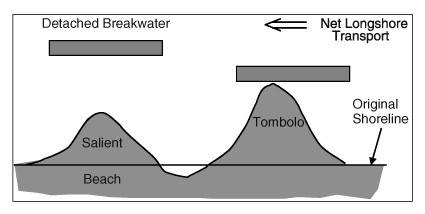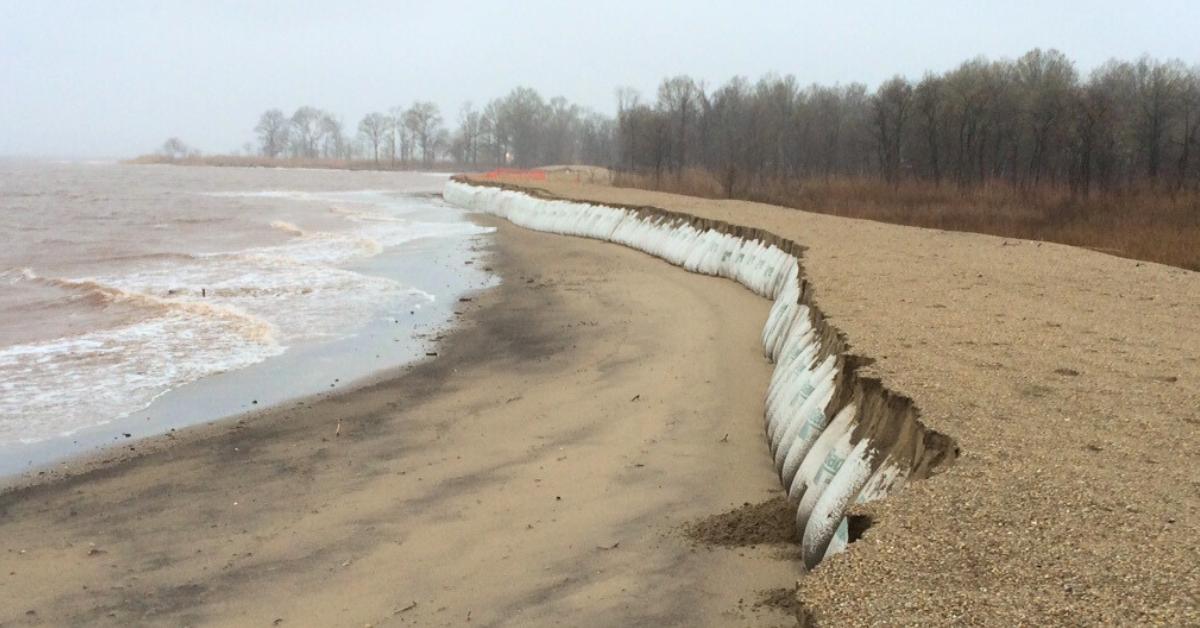Some Known Questions About Shore Protect Team.
Wiki Article
Shore Protect Team Can Be Fun For Anyone
Table of ContentsSome Known Factual Statements About Shore Protect Team See This Report on Shore Protect TeamShore Protect Team for DummiesShore Protect Team - The FactsThe 9-Minute Rule for Shore Protect TeamThe Facts About Shore Protect Team Revealed10 Easy Facts About Shore Protect Team Shown
Decrease in residential or commercial property value: As the location tourist is affected by disintegration, so then is the economic situation. Buyers are much less most likely to search for a coastline residence that can be ruined at any kind of minute by the upcoming flooding and disintegration emergency situation. Consequently, residential or commercial property value can drop greatly and impact the entire region.Whether a beach is simply tiny and congested or has to close entirely for the security of the environment and nearby residential properties, this significantly affects tourism. Consequently, regional economic climates are affected (https://www.quora.com/profile/Shrprtcttm). Danger of injury: The raised threat of flooding and architectural failings triggers a raised threat of injury to neighboring travelers and area participants

is home to greater than 84,240 miles of shoreline with 41% of it exposed to the open ocean. Coastal designers supervise of securing the coast against modifications by decreasing the damaging influences of both all-natural and man-made events. Coastline stabilization is directly pertaining to their job. Waterfront resorts: Due to the fact that shoreline disintegration effects tourism, it influences the success of beachfront resorts.
6 Easy Facts About Shore Protect Team Explained
This at some point brings about closures and abandoned beachfront properties. Coastal business organizations: No travelers indicates no business. For those organizations dealing with citizens, their property is at threat of damages from erosion and flooding. Coastal state parks: State parks that exist along shorelines are at threat of damages. Not only to the manufactured frameworks and residential properties on website, however likewise to the natural environments that exist within.Tough stabilization utilizes man-made structures as security to manage erosion. A lot of kinds of difficult stabilization like seawalls and sheet metal are not suitable for coastline stablizing.
The Of Shore Protect Team
There's additionally not nearly enough evidence of their performance relying on the sort of coastline and neighborhood problems. Tough stabilization methods often tend to be harder to install and do not match the all-natural aesthetic, standing out like an aching thumb and hurting neighborhood environments in lots of circumstances. Coastline nutrition is the process of including lost sand and debris back to beaches after erosion has actually taken place.TrapBags help in the process of coastline nourishment by safeguarding natural ecosystems and permitting plants to grow. While this process can be expensive and is not long-term, the pros often tend to outweigh the cons. TrapBag barriers offer lots of residential or commercial properties that make them excellent for coastal and riverbank disintegration defense. They're: Ecologically friendly: You can make use of indigenous soil both to surround and to load the TrapBags.

The Basic Principles Of Shore Protect Team
Easy to install: Relieve of installation suggests TrapBags can be deployed rapidly in case of an emergency situation. They can also be installed without any kind of heavy equipment. Inexpensive: TrapBags are optimal for both little and large locations of shoreline. They provide an inexpensive remedy to cover projects of any kind of dimension.The proper seawall style relies on location-specific aspects, consisting of surrounding erosion processes. There are three major types of seawalls: upright, rounded, stepped, and piles (see table listed below).
Natural barriers, such as reef and mangrove forests, stop the spread of tsunamis and the circulation of seaside waters and reduced the flooding and rise of water. A cost-benefit approach is an effective means to determine whether a seawall is ideal and whether the benefits are worth the cost.
The Buzz on Shore Protect Team
A seawall is a fixed feature which can contrast with the dynamic nature of the coastline and restrain the exchange of debris between land and sea. Benefits and drawbacks of seawalls according to Short (1999) Advantages Negative aspects Lengthy term remedy in contrast to soft beach nutrients (https://hearthis.at/shore-protect-team/set/shore-protect-team/).
This can cause coastlines to dissipate, providing them useless for coastline goers. Usually, seawalls can be a successful way to manage seaside disintegration, yet just if they are created well and out of materials that can hold up against the pressure of continuous wave power. Some understanding is needed of the seaside procedures and morphodynamics particular to the seawall location.
Shore Protect Team - An Overview
The ideal seawall style counts on location-specific aspects, including surrounding disintegration processes. There are 3 primary types of seawalls: upright, curved, tipped, and mounds (see table listed below).All-natural obstacles, such as reef and mangrove woodlands, prevent the spread of tsunamis and the flow of seaside waters and mitigated the flooding and rise of water. A cost-benefit technique is a reliable method to determine whether a seawall is appropriate and whether the benefits are worth the expenditure.
The Best Guide To Shore Protect Team
A seawall is a static attribute which can contravene the vibrant nature of the shore and restrain the exchange of debris between land and sea. The table below summarizes some favorable and adverse impacts of seawalls which can be used when contrasting their performance with other seaside management options, such as beach sustenance. [] Advantages and disadvantages of seawalls according to Short (1999) Advantages Drawbacks Long-term remedy in comparison to soft beach nourishment. flood protection.
This can trigger coastlines to dissipate, providing them worthless for beach goers. Typically, seawalls can be a successful method to manage coastal disintegration, yet only if they are constructed well and out of products that can withstand the pressure of ongoing wave power. Some understanding is required of the seaside processes and morphodynamics particular to the seawall location.
Report this wiki page